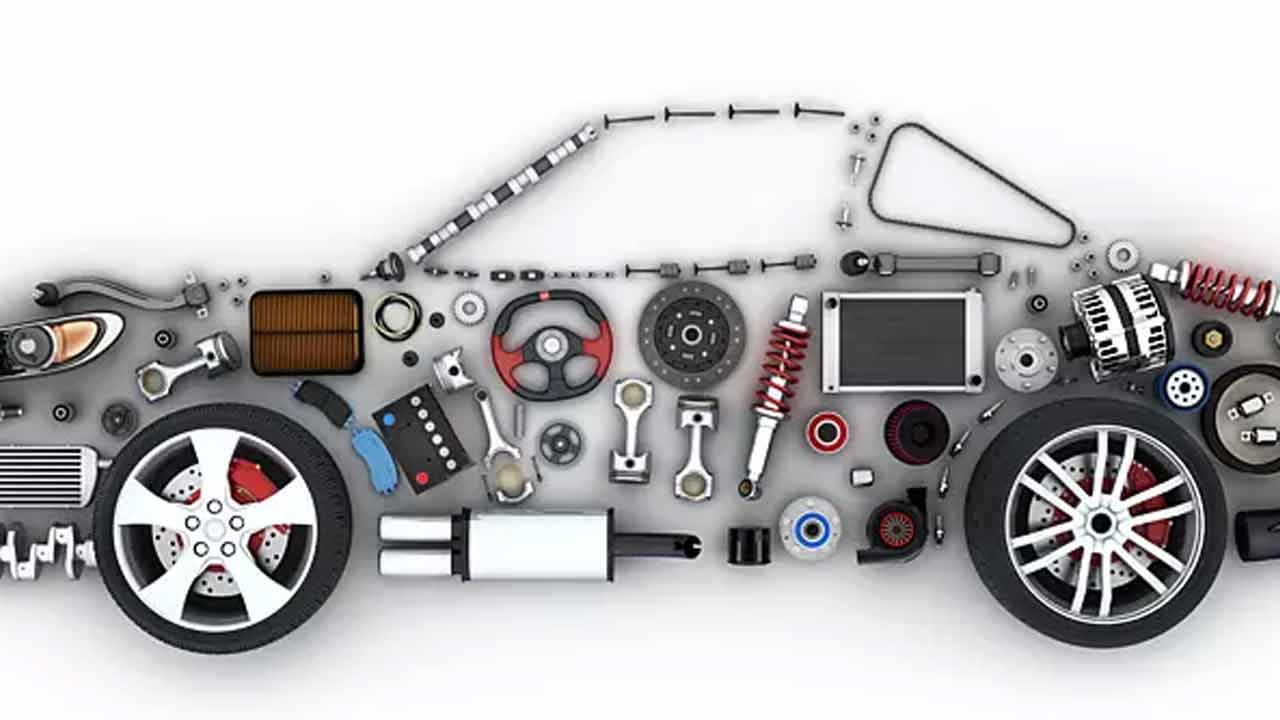Market Outlook for 06th December 2024
Auto Ancillary Sector: Inching towards steady growth

Last Updated: 10th December 2022 - 02:32 pm
India is the second-largest producer of steel, and it has a competitive advantage in bearings and fasteners due to the large number of players.
The automotive ancillary industry is a vital part of the Indian economy. It accounts for about 2.3% of India's GDP. The industry is intertwined with the automobile industry. The success of the auto ancillary business is dependent on the demand for two-wheelers, cars, and commercial vehicles in the economy. This makes the sector cyclical as the automotive sector is heavily influenced by the economic cycle. The sector can be categorised into three segments: organised, unorganised and exports. Original equipment manufacturers (OEMs) serve the organised market, which deals with high-value parts.
The unorganised segment sells low-value after-sales replacement products. The Indian automotive ancillary sector derives 61 per cent of its revenue from OEMs, 18% from the aftermarket and 21% from exports. According to different types of automotive component parts, the automotive ancillary sector can be divided into nine industries: casting, bearings, batteries, tyres, lubricants, forgings, fasteners, diesel engines and other ancillary parts. India is the second-largest producer of steel, and it has a competitive advantage in bearings and fasteners due to a large number of players.
Due to the deregulation of the industry in India, there is intense competition in the automotive ancillary market. Since early 2000, the government has kept a maximum foreign direct investment (FDI) limit for both automobile and automotive ancillary sectors at 100 per cent. This has helped both sectors to get FDI inflows of USD 30.51 billion in the period between April 2000 and June 2021. The government’s initiative to expand domestic manufacturing production through the Product-Linked Incentive (PLI) Scheme has received an investment proposal of Rs 45,000 crore from 20 automotive companies up to February 2022. This scheme is expected to create incremental output worth Rs 231,500 crore.
Talking about the current business environment, for the last 18 months there has been a steep rise in the prices of input materials like aluminium and steel used in the automotive ancillary sector. However, no such devastating impact is observed on the operating profit margins of the automotive ancillary players, as the majority of the input cost pressure has been passed on to the OEMs. However, the government action of increasing export duty on a variety of finished steel products would help the input cost for automotive ancillaries to go down. Steady demand, higher operating leverage for a majority of players and a reduction in input prices would be enough to balance the effect of elevated freight costs for the businesses to maintain stable operating profit margins for the year ahead.
Outlook
The sector benefits from India's huge geographic population distribution. The steadily growing working population and their rising disposable income may be the primary drivers of domestic market growth. The Indian automotive ancillary sector is estimated to grow by 14-16% for this fiscal i.e. FY23. An increase in production of passenger and commercial vehicles in FY23 could
help the demand from OEMs to grow by 18-20%. The demand growth for aftermarket products is estimated to be 7-8% this fiscal. This number might seem low due to a higher base for the last fiscal year which was due to an increase in the replacement period on account of the pandemic. The export business witnessed 40% growth in FY22 and is expected to increase 8-10% in FY23 owing to stable demand from the European and US markets.
The capital expenditure on automotive ancillaries is expected to increase by 30% YOY. Strong demand anticipation, a greater shift toward launching new electric vehicles (EVs) and a large number of investments from the PLI Scheme would be the few factors that would trigger capital expansion growth for the coming fiscal. As regards risks, if the commodity prices continue to inch higher, the working capital requirement for the business would go up due to the higher cost of inventory. The extended period of semiconductor shortage has the potential to hamper growth for passenger vehicles in particular. Also, another pandemic wave and persisting inflation would damage the export business for automotive ancillary players.
Financial Highlights
For FY21-22, in terms of revenue growth, the Indian automotive ancillary industry underperformed the other sectors (considering the top 1,000 companies). The revenue grew by 27.71% on a yearly basis for sectors other than automotive ancillary, whereas the automotive ancillary industry growth remained a little short at 21.14% in the same period. Motherson Sumi Systems Ltd. was the largest company by FY22 revenue figure in the industry, followed by Sundaram Clayton Ltd. and Apollo Tyres. These three companies had FY22 revenue of Rs 62,831.65 crore, Rs 25,590.65 crore and Rs 20,947.58 crore, respectively. The median operating profit margin for the sector as a whole remained at 12.8% for the FY22 period as against 13.45% for FY21. The PAT of the sector grew by a staggering 50% in FY22 and stood at Rs 18,739.30 crore. However, this significant growth was observed due to a lower base PAT number in FY21. The sector's median net profit margin, or PAT margin, was 5.28% in FY22 as opposed to 4.26% in FY21.
- Flat ₹20 Brokerage
- Next-gen Trading
- Advance Charting
- Actionable Ideas
Trending on 5paisa
Market Outlook Related Articles
Disclaimer: Investment in securities market are subject to market risks, read all the related documents carefully before investing. For detailed disclaimer please Click here.
 Sachin Gupta
Sachin Gupta
 5paisa Research Team
5paisa Research Team




